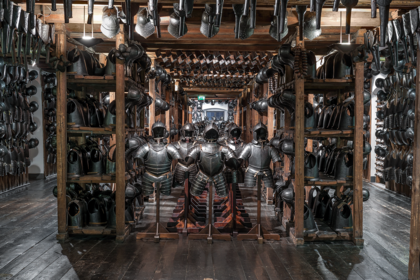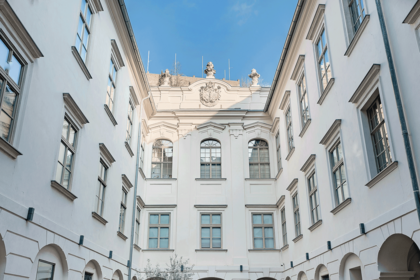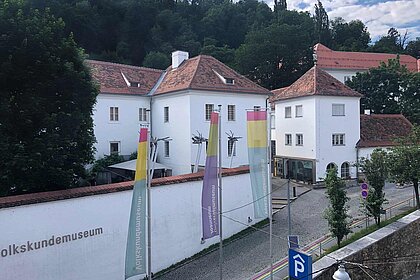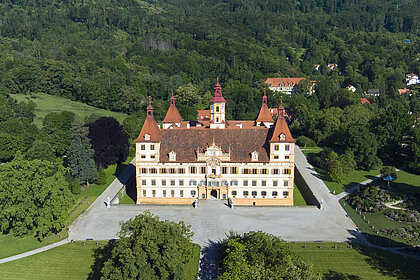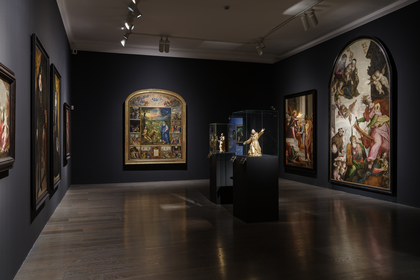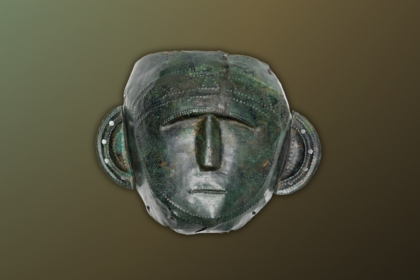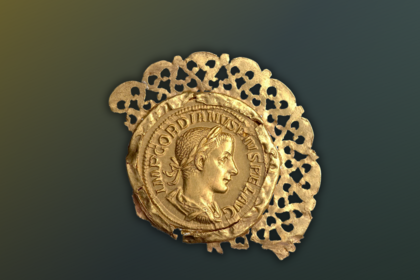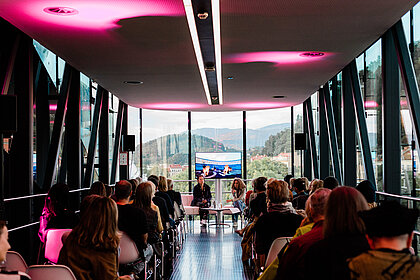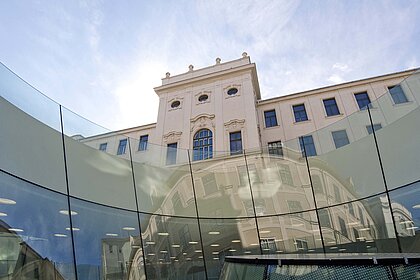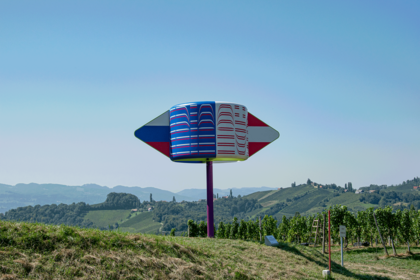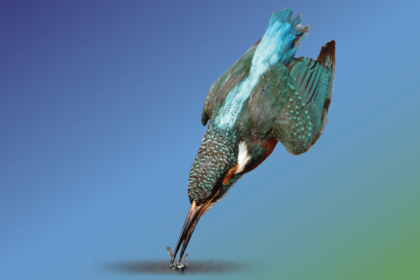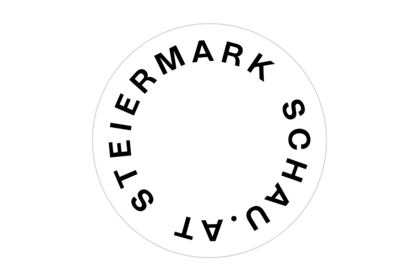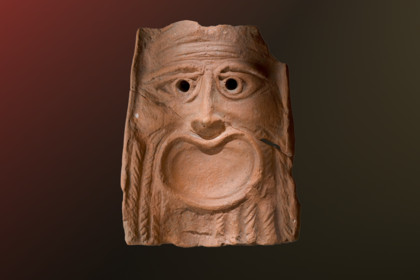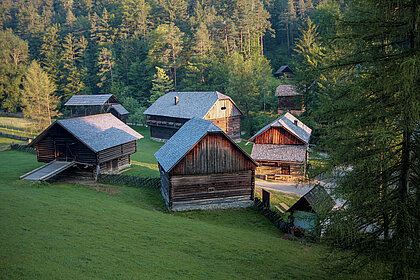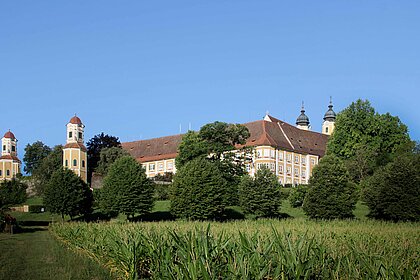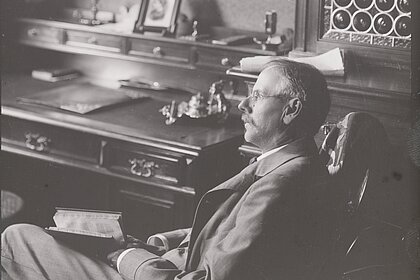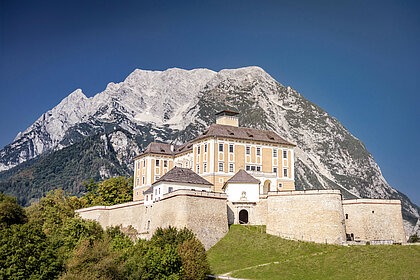The equestrian armour for heavy cavalry is a striking testimony to the craftsmanship of the armourers. Some of these were made by Hans Prenner (†1645), an armourer based in Graz.
Discover the
Universalmuseum Joanneum
Graz
Styria
Closed

More than 85 animal species from all continents live in the Herberstein Animal World.
Universalmuseum
Joanneum
Back to Universalmuseum Joanneum
Styrian Armoury > Discover > Collection > Defensive arms > Field armour with reinforcement plates
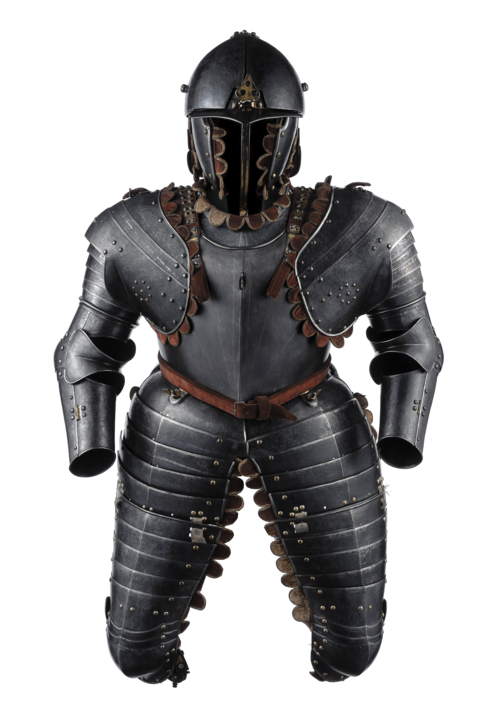
Image Credits
This suit of armour is among the heaviest in the collection. All of the parts of the armour are of a dark grey iron colour and have bright edging. Only the reinforcing plates on the chest, back and helmet, which have been polished smooth, show a finishing that tends to black. In order to create a decorative colour contrast, all of the rivets, strap ends and the nasal, its holder, the screw heads as well as the hinge for the helmet reinforcement were fire-gilded. The helmet including ear flaps and neck guard is lined with a thick quilted padding, which is sewn to the metal with linen, inside with silk satin. Semi-circular lobed decorations are attached to the ear flaps and the neck-guard of the helmet, all around the edge of the gorget, on the front and back of the pauldrons as well as on the edges of the lapels and the culet. They are made of leather, covered with dark red velvet on the upper side and edged with a gold border.
In the 17th century, suits of equestrian armour were worn by heavy cavalrymen, mostly army commanders. The bulky, often clumsy-looking form corresponded entirely to the Baroque body image. Their surface design was typically sleek and simple. The hip line has moved upwards, resulting in a tightening of the chest line, as can also be seen in men’s doublets at the time. The especially wide cuisses had to conceal the leg coverings and are attached directly to the breastplate. Because of their weight, it is no longer enough to use a strap fastening, instead strong hinges with threaded pins and wing screws are needed. This type of fastening was very common in Western Europe and may have originated in the Netherlands, which exerted a strong influence on European armament in the first half of the 17th century.
In addition to fashion and style influences, changes in warfare also had an impact on the design of the armour. Improvements to firearms forced armourers to make armour thicker, especially the chest and back pieces, to render them impenetrable to pistol or musket bullets. The downside to the protection offered by this “bullet-proof” armour was a huge increase in weight. This suit of armour has an additional helmet reinforcement, meaning that including the helmet it weighs a hefty 41.4 kg.
